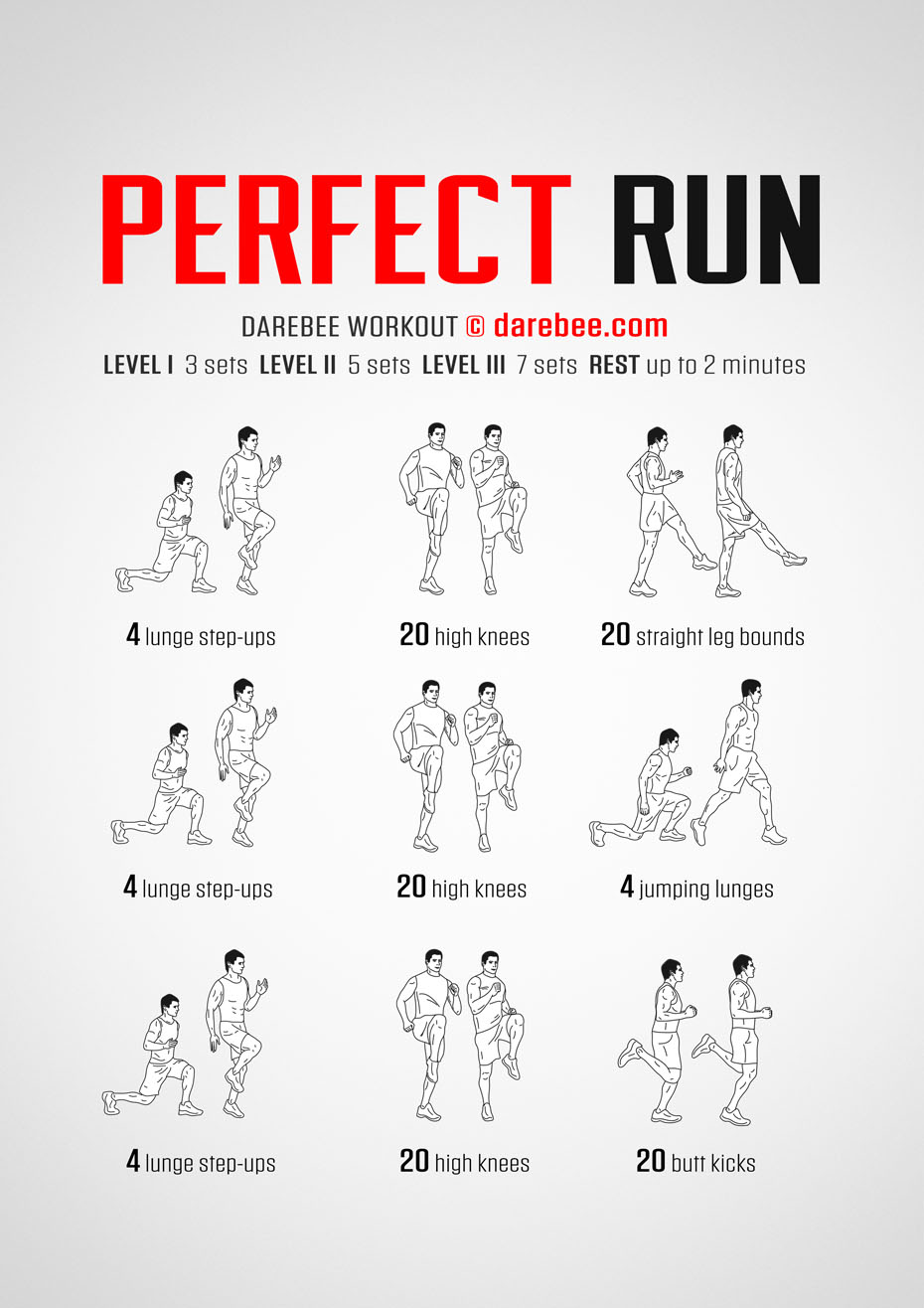Optimize Your Running Workout: Expert Strategies Unveiled
Optimize Your Running Workout: Expert Strategies Unveiled
Blog Article
Handling Typical Running Discomforts: Reasons, Solutions, and Avoidance
As runners, we typically come across numerous discomforts that can prevent our efficiency and satisfaction of this physical task. By checking out the origin factors for these running pains, we can discover targeted options and precautionary procedures to make sure a smoother and extra fulfilling running experience.
Common Running Pain: Shin Splints
Shin splints, a typical running discomfort, usually result from overuse or incorrect footwear throughout physical activity. The repetitive anxiety on the shinbone and the cells connecting the muscles to the bone leads to swelling and pain.
To prevent shin splints, individuals ought to slowly boost the strength of their workouts, wear suitable footwear with proper arch support, and maintain flexibility and strength in the muscles surrounding the shin (running strategy). In addition, including low-impact tasks like swimming or biking can aid preserve cardio physical fitness while enabling the shins to heal.
Typical Running Discomfort: IT Band Syndrome
Along with shin splints, one more prevalent running pain that professional athletes often encounter is IT Band Disorder, a problem created by swelling of the iliotibial band that leaves the external thigh and knee. IT Band Syndrome typically shows up as discomfort on the exterior of the knee, particularly during activities like running or biking. The iliotibial band is a thick band of fascia that links the hip to the shin, and when it becomes swollen or limited, it can scrub against the upper leg bone, bring about pain and discomfort.
Runners experiencing IT Band Disorder might discover a stinging or hurting feeling on the outer knee, which can get worse with ongoing task. Aspects such as overuse, muscle inequalities, incorrect running form, or poor workout can add to the growth of this condition. To prevent and minimize IT Band Disorder, runners need to focus on extending and enhancing exercises for the hips and upper legs, proper shoes, progressive training progression, and resolving any type of biomechanical concerns that may be exacerbating the issue. Disregarding the signs and symptoms of IT Band Disorder can cause chronic concerns and prolonged healing times, emphasizing the value of early treatment and correct administration methods.
Common Running Pain: Plantar Fasciitis

Plantar Fasciitis can be credited to various aspects such as overtraining, inappropriate shoes, working on tough surface areas, or having high arcs or level feet. To avoid and reduce Plantar Fasciitis, runners can incorporate stretching exercises for the calves and plantar fascia, wear supportive footwear, maintain a healthy and balanced weight to reduce pressure on the feet, and progressively raise running strength to stay clear of abrupt stress and anxiety on the plantar fascia. If signs and symptoms linger, it is advised to get in touch with a medical care specialist for appropriate diagnosis and treatment options to address the problem successfully.
Usual Running Pain: Runner's Knee
After attending to the difficulties of Plantar Fasciitis, one more prevalent concern that joggers often face is Jogger's Knee, a typical running pain that can hinder sports performance and cause pain during exercise. Jogger's Knee, also referred to as patellofemoral discomfort syndrome, manifests as discomfort around or behind the kneecap. This condition is often connected to overuse, muscle mass imbalances, inappropriate running methods, or problems with the placement of the kneecap. Runners experiencing this discomfort might feel a plain, aching discomfort while running, increasing or down staircases, or after long term periods of resting. To avoid Jogger's Knee, it is important to incorporate appropriate warm-up and cool-down regimens, maintain strong and well balanced leg muscle mass, put on suitable shoes, and slowly raise running intensity. If signs and symptoms persist, consulting from a medical care expert or go now a sporting activities medicine expert is advised to identify the underlying reason and develop a tailored therapy plan to ease the discomfort and stop more problems.
Typical Running Discomfort: Achilles Tendonitis
Commonly afflicting runners, Achilles Tendonitis is an excruciating condition that affects the Achilles ligament, creating discomfort and potential limitations in physical activity. The Achilles tendon is a thick band of tissue that links the calf muscle mass to the heel bone, vital for tasks like running, leaping, and strolling - a fantastic read. Achilles Tendonitis frequently establishes because of overuse, inappropriate shoes, inadequate stretching, or sudden boosts in physical activity
Signs of Achilles Tendonitis include discomfort and rigidity along the tendon, specifically in the early morning or after periods of inactivity, swelling that aggravates with activity, and possibly bone spurs in chronic cases. To avoid Achilles Tendonitis, it is vital to extend properly before and after running, wear appropriate shoes with appropriate assistance, slowly boost the strength of exercise, and cross-train to decrease repeated tension on the tendon. Treatment might entail remainder, ice, compression, elevation (RICE protocol), physical therapy, orthotics, and in extreme instances, surgical procedure. Early treatment and appropriate care are essential for managing Achilles Tendonitis effectively and preventing lasting problems.
Conclusion

Report this page